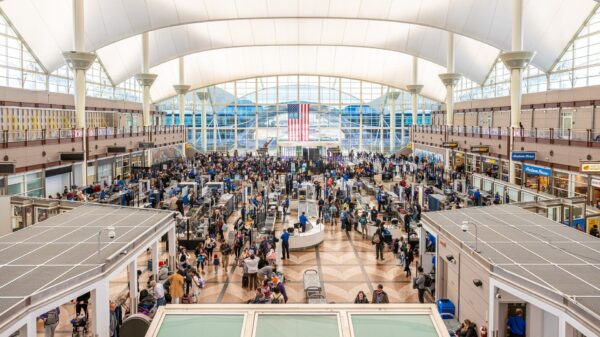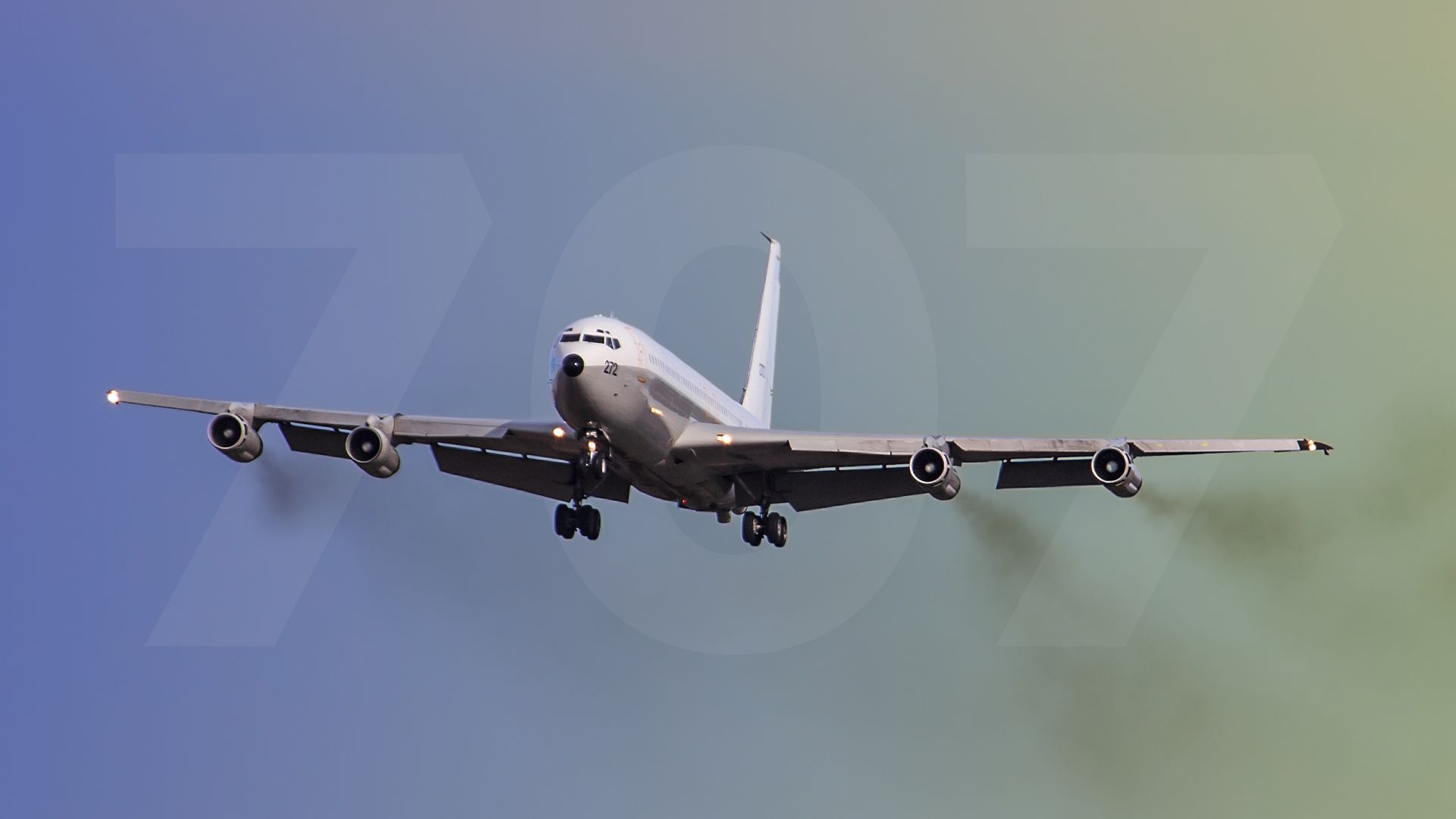Boeing’s iconic 707 made history as one of the first commercial jet airliners, setting the stage for modern aviation. Introduced into service on October 26, 1958, this narrowbody quadjet was a response to the evolving demands of the air travel market, and it played a crucial role in shaping the future of commercial aviation.
Founded in July 1916, Boeing has grown into one of the largest aerospace manufacturers globally, with a workforce of nearly 50,000 employees. The company reported approximately $33 billion in revenue in 2024, underscoring its dominance in the industry. Among its many successful aircraft, the 707 was significant for its pioneering design and performance, which included four engines that provided both power and reliability.
Engine Design and Development
The development of the Boeing 707 began in the early 1950s, during a time when jet engine technology was still in its infancy. Early jet engines lacked the thrust necessary for large, long-range aircraft, prompting Boeing to opt for a four-engine configuration. This decision was pivotal not only for performance but also for safety; if one engine failed, the aircraft could continue flying on the remaining three engines.
Safety regulations of the era further influenced this design choice. At the time, twin-engine aircraft faced restrictions on long-distance flights over oceans due to safety concerns. Regulations mandated that only aircraft with three or four engines could operate on transoceanic routes, leading Boeing to finalize the design of the 707 with four engines.
The 707’s development was also informed by Boeing’s experience during World War II, where they successfully produced military aircraft like the B-17 Flying Fortress. After the war, Boeing sought to break into the lucrative commercial aviation market, which was then dominated by competitors such as Douglas Aircraft and Lockheed.
Introduction to Commercial Service
The first production model of the Boeing 707 took to the skies on December 20, 1957. Following a successful flight test program, the aircraft received type certification from the Federal Aviation Administration (FAA) in September 1958. Pan American World Airways, known as Pan Am, became the launch customer, introducing the 707 into its fleet shortly after.
On its inaugural commercial flight from Idlewild Airport (now John F. Kennedy International Airport) in New York City to Orly Airport in Paris, the Boeing 707 demonstrated its speed and efficiency. The flight, which included a refueling stop in Gander, Newfoundland, took just under nine hours, a significant improvement over the 14-hour service times of piston aircraft.
As the 707 entered commercial service, it quickly gained popularity among airlines worldwide. Variants such as the 707-320 were developed, boasting larger capacities and more powerful engines. The 707 family included several models, each tailored to meet the diverse needs of airlines.
The 707 was particularly favored by Pan Am, which operated over 130 units, making it the largest operator of the aircraft. Other major operators included American Airlines and Trans World Airlines (TWA), further solidifying the 707’s status in commercial aviation.
Though the 707 was retired from service by most airlines in the 1980s and early 1990s, its legacy endures through military adaptations and private use. The aircraft’s robust design and adaptability have led to its continued operation in roles such as air cargo and government transport.
The Boeing 707’s innovation in design, safety, and performance not only revolutionized air travel but also established Boeing as a leader in commercial aviation. As the industry evolved, the 707 paved the way for future aircraft, setting standards that continue to influence modern airliner design.






































































